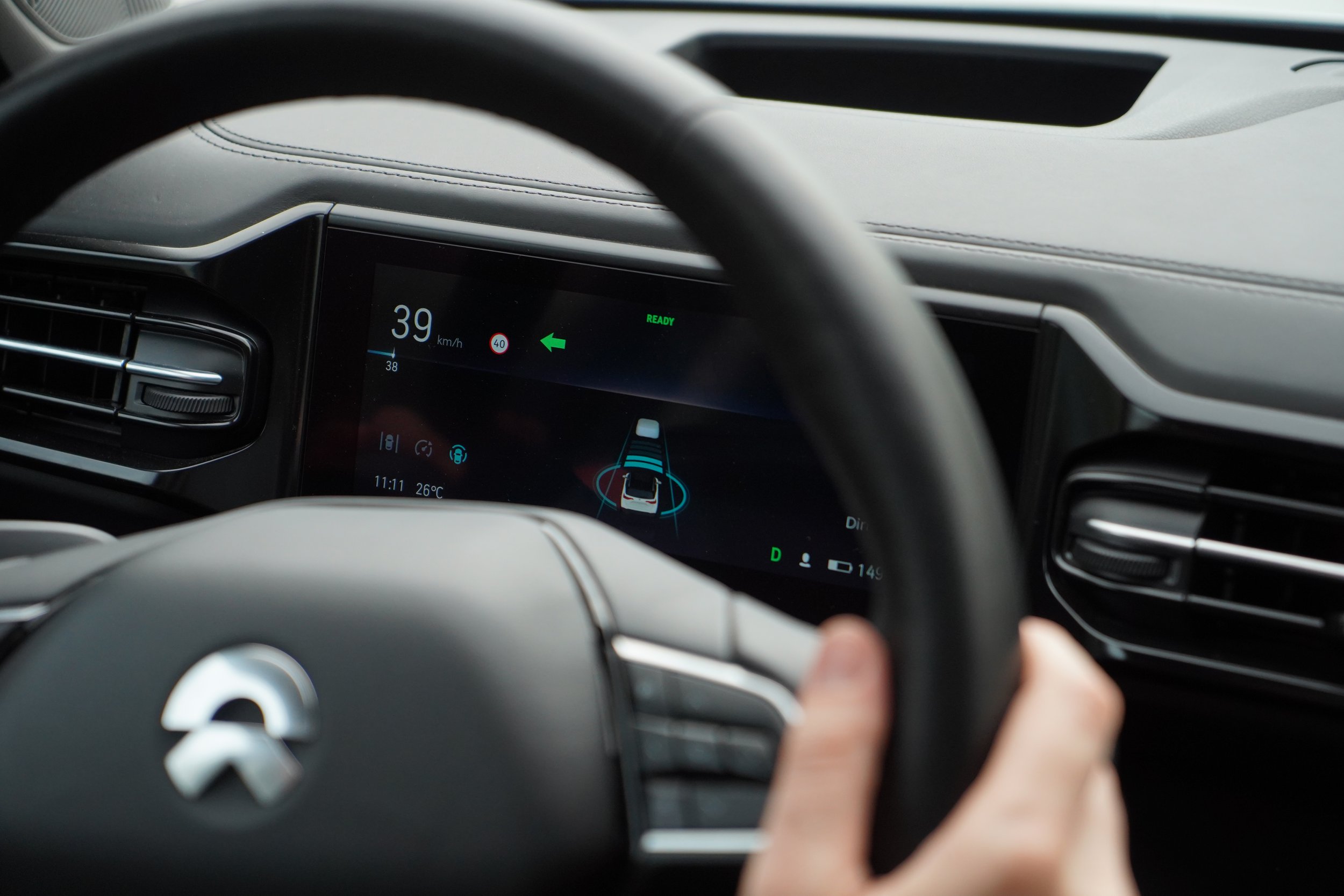By Jiayi Shi and Chris Udemans
If you can’t see the YouTube player above, try watching here instead.
Electric vehicle maker Nio is looking to alleviate range anxiety among prospective car buyers by rolling out higher capacity batteries, supplementing its existing network battery swap stations.
Nio is one of China’s most visible electric vehicle makers and is often seen as the poster child for the sector nationally. The New York-listed company has had a tough year, as macroeconomic factors take their toll on China’s auto market, leading to an overall decline in sales.
TechNode tested Nio’s flagship SUV, the ES8, with the company’s newly released 84kWh battery. The upgrade extends the vehicle’s NEDC range from 355 to 425 kilometers. Nio began delivering the ES8 with the upgraded battery option in October. Previously the vehicle came equipped with a capacity of 70kWh.
The company believes the update can improve the competitiveness of the ES8, a vehicle that falls into the premium bracket, according to Nio founder William Li.
We approached the test from a consumer’s point of view, trying to ascertain how the vehicle would fare on a daily basis. Setting a popular culinary attraction on the outskirts of the eastern Chinese city of Suzhou as our destination, we put the new battery, Nio Pilot, and China’s charging infrastructure through their paces.
Nio Pilot functions, including automatic lane changing and automatic braking, worked well on highways and city streets. The system also includes warnings if you get too close to the lane markers, with haptic feedback in the steering wheel. The vehicle requires the driver to take over when it senses pedestrians in the road ahead. Not specific to Nio Pilot, we did at first find it difficult to trust in ADAS and its limitations.
Meanwhile, the battery performed well. The trip included a lot of highway driving, which typically requires more energy than travelling on urban roads.
There were problems, however. At times, Nio’s in-voice assistant required numerous calls to wake it up. While not an issue with the ES8, we also encountered problems with charging infrastructure in and around Shanghai. A number of public charging piles we attempted to use were broken or had cars parked in bays while not being charged.
With contributions from Jill Shen
